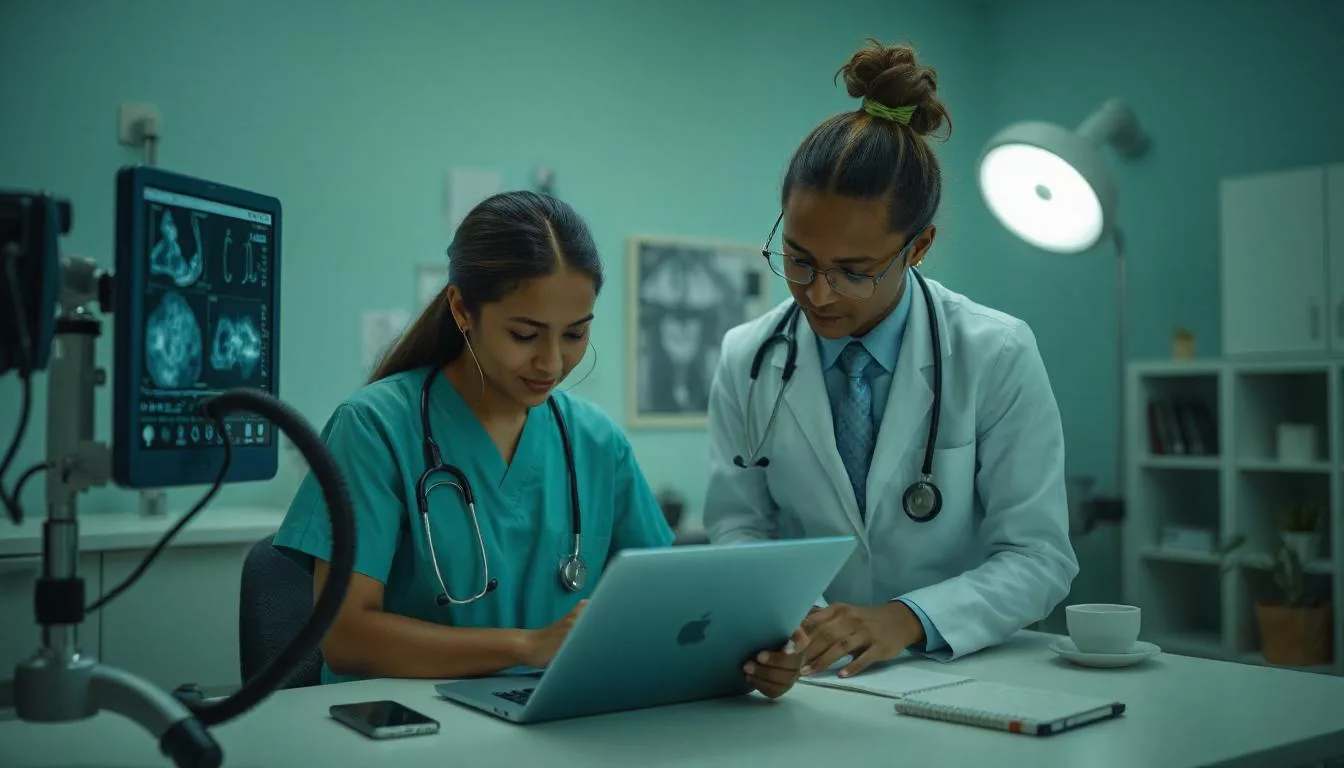Hydrogel with Ultrasound Activation for Sustained Drug Release
Researchers at Michigan Medicine have developed an innovative composite hydrogel, termed an “acoustically responsive scaffold,” that enables sustained drug release through ultrasound activation. This breakthrough offers a promising solution for delivering drugs at a consistent level, crucial for optimal therapeutic outcomes in various medical treatments. The hydrogel utilizes a fibrin matrix, which is biocompatible and naturally degrades in the body, eliminating the need for surgical removal of the device post-treatment, a common issue with other drug delivery methods.
Revolutionizing Drug Delivery
When exposed to ultrasound, the hydrogel’s emulsion vaporizes into bubbles, triggering the release of the encapsulated drug. This process allows for controlled, zero-order drug release, ensuring steady drug levels over an extended period and minimizing side effects. The researchers have developed equations to model the release behavior, allowing for personalized and precise treatment regimens. The ability to adjust drug release non-invasively could optimize treatment efficacy and reduce adverse effects.
The research team is also exploring the possibility of using the acoustically responsive scaffold to deliver multiple growth factors, advancing tissue engineering and regenerative medicine. This technique has the potential for on-demand drug delivery, personalized treatment, and non-invasive dose adjustments, which could revolutionize the future of drug therapy.








